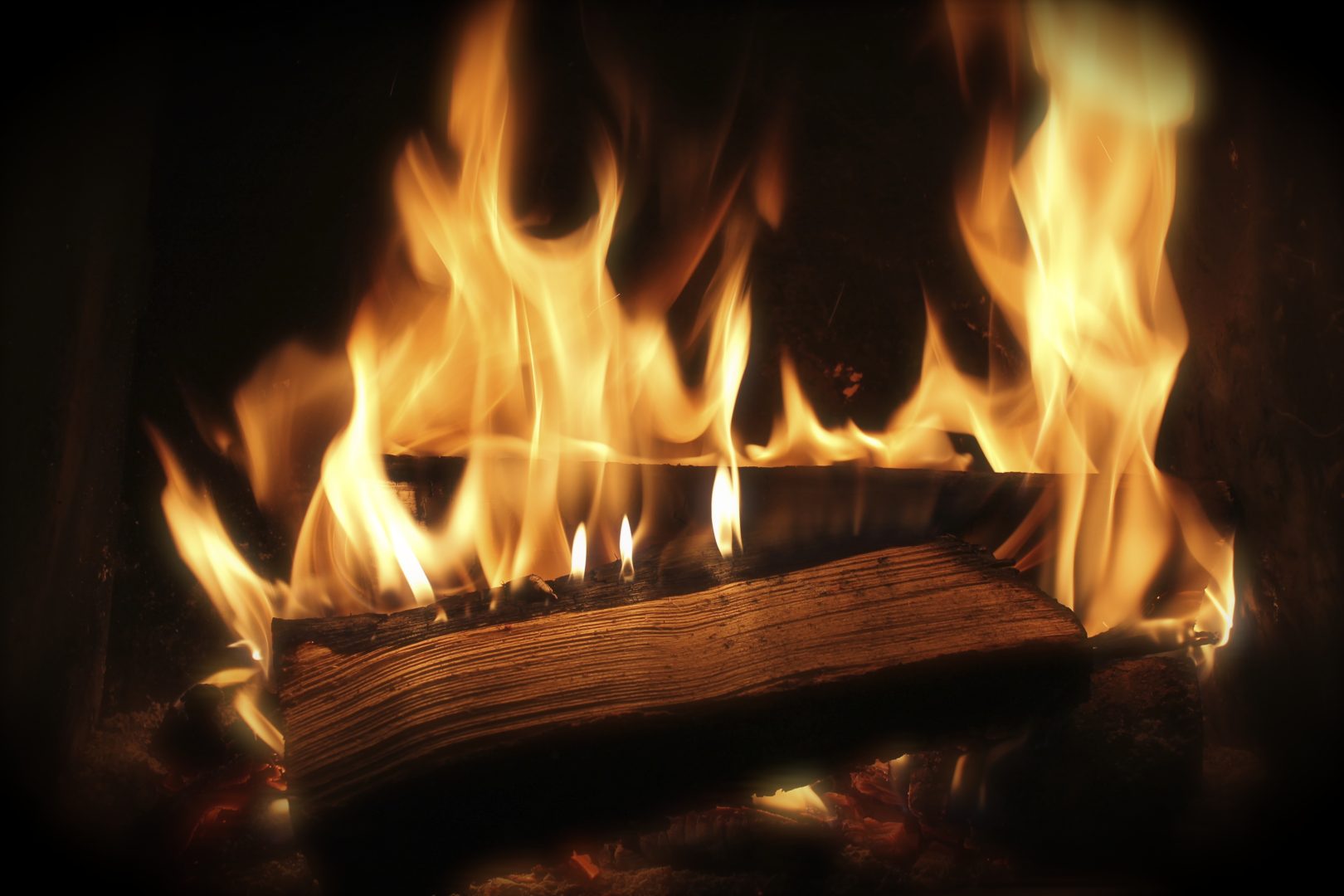Most wood burning appliances that are being manufactured today are highly efficient. The advanced technologies that have been implemented significantly reduce the amount of smoke and pollutants that older wood burning systems produce.
Highly efficient combustion systems create the conditions needed to burn the smoke before it leaves the appliance.
- The firebox is insulated to keep the temperatures high
- The primary combustion air is preheated so that it doesn’t cool the fire
- Preheated secondary air is fed to the fire through sets of small holes in the gas-burning zone
- Internal baffles give the gases a long and hot enough route so that they can burn completely
By using clean burning techniques, your fires will produce very little smoke.
- Burn only dry wood. Wet or unseasoned wood will give off a lot of smoke as the fire attempts to burn off the moisture. Because it’s burning off moisture, it’s not providing heat. Also, this smoky exhaust (besides stinking up the neighborhood) will move slowly up the flue, leaving behind an excessive amount of residue.
- Do not burn household wastes such as plastic, painted wood, manufactured wood products and wood treated with preservatives. These products release very toxic chemicals when they’re burned and therefore should never be used. WARNING: Never use chemicals or any other volatile liquid to start a fire.
- Start your fire with plenty of crumpled newspaper (no glossy or coloured) and kindling. If you have a new system, follow the manufacturer’s instructions on how to build your fire. Some people swear by the top-down method where large pieces of fire wood sit at the bottom of the stove, surrounded with plenty of crumpled newspaper and with smaller pieces placed on top of them and finishing with the kindling on top of it all. Others find that the conventional method of placing the kindling at the bottom with the newspaper and progressively larger pieces on top works best for their wood burning system. Trial and error will help you figure out which is best for your system. Either way, leave space between your pieces of wood to allow air flow.
- Don’t walk away from your initial fire until you’ve ensured that it is burning bright with flames and not smoking. If it isn’t burning with flames after the initial start-up, perhaps your pieces of wood are too big or there’s no air space between them.
- Larger pieces of wood should only be added once the initial fire has formed a bed of coals.
- Allow proper combustion by leaving space between your pieces of wood to allow for air flow. With your airtight system, follow the manufacturer’s instructions on how to regulate the air control throughout the cycle of wood burning. It’s also important to remove excess ashes when the fire has burned down and cooled. Whenever ashes get 3″(76mm) to 4″(102mm) deep in your firebox remove some. Leave an ash bed approximately 1″ (25 mm) deep on the firebox bottom to help maintain a hot charcoal bed.
“Firewood is a renewable energy resource like wind, solar and hydroelectric power. To meet the challenge of global warming, we’ll need to use more renewables and less oil, gas and coal in the future. Heating with wood can be a part of the solution, provided the wood is burned efficiently. Fortunately, that is not hard to do these days.
Because new trees grow to replace those that die or are harvested, the burning of wood does not contribute to global warming and climate change the way the “fossil” fuels do. When oil, gas and coal are burned, the carbon they contain (which was buried millions of years ago) is oxidized to carbon dioxide (CO2), the main greenhouse gas. The use of fossil fuels releases ancient carbon, increasing the atmospheric concentration of CO2.
Wood also releases carbon when burned but its use is almost carbon neutral because trees absorb CO2 as they grow. When trees fall in the forest and decompose they release the same amount of CO2 as if they were burned. In other words, rotting is slow oxidation, whereas combustion in a wood stove is fast oxidation, with heat as the main by-product. When considered over the normal tree life cycle of about fifty years, heating with wood can be considered almost CO2 neutral, except for the energy used to harvest, process and transport the firewood.” www.woodheat.org
Canadian manufacturers have an international reputation as designers of some of the most effective wood-burning appliances in the world. Ask your hearth products retailer for information on these products.





